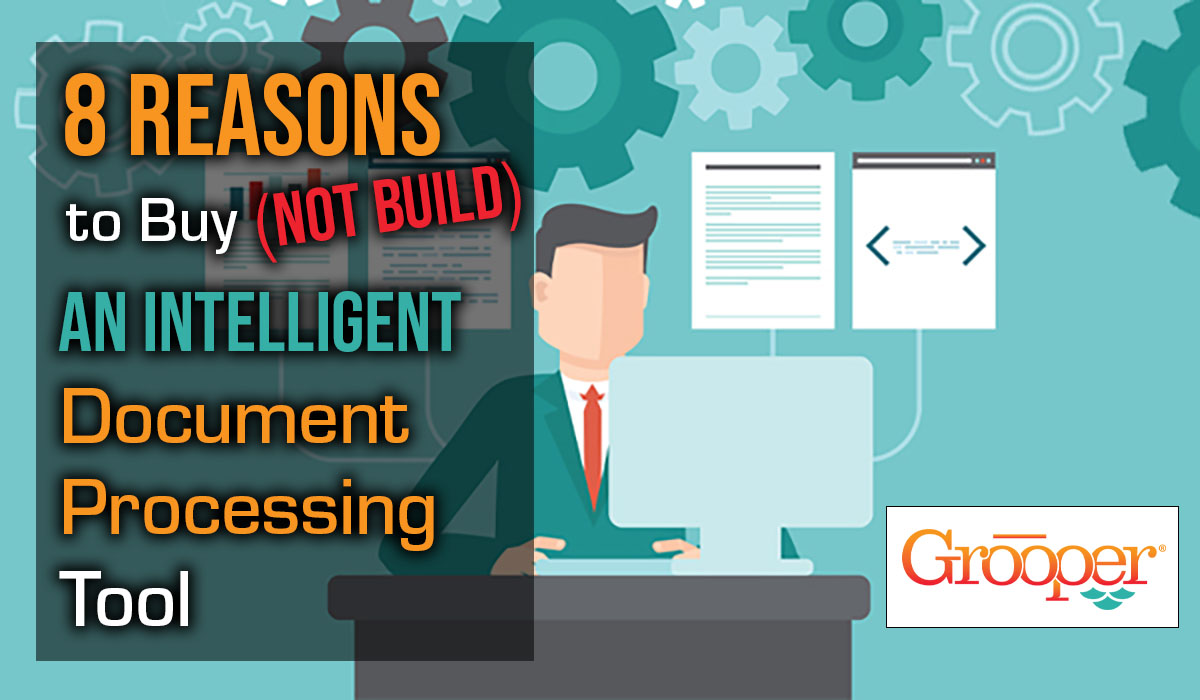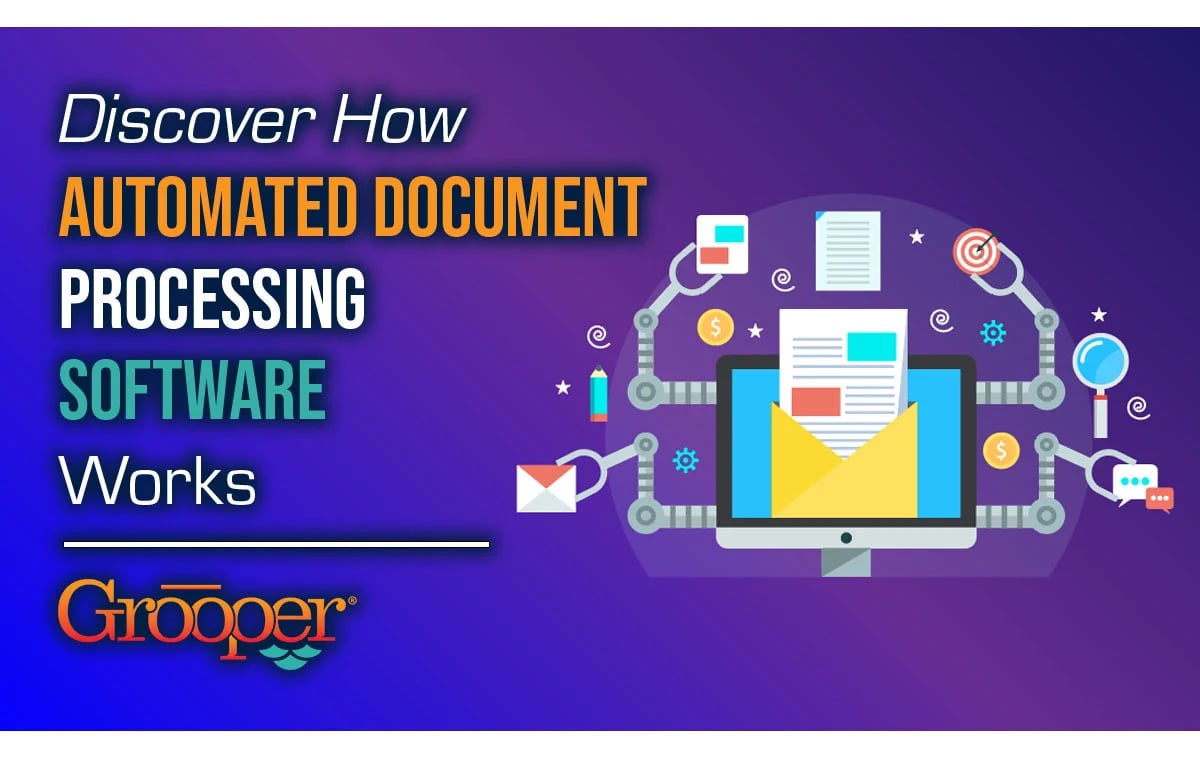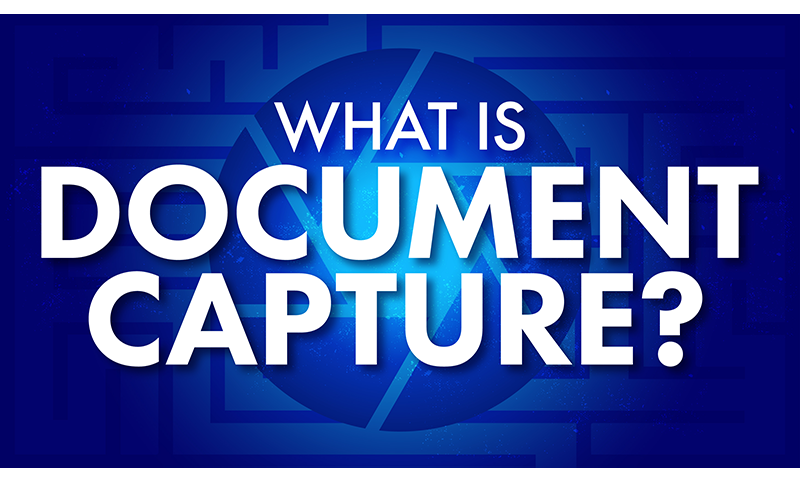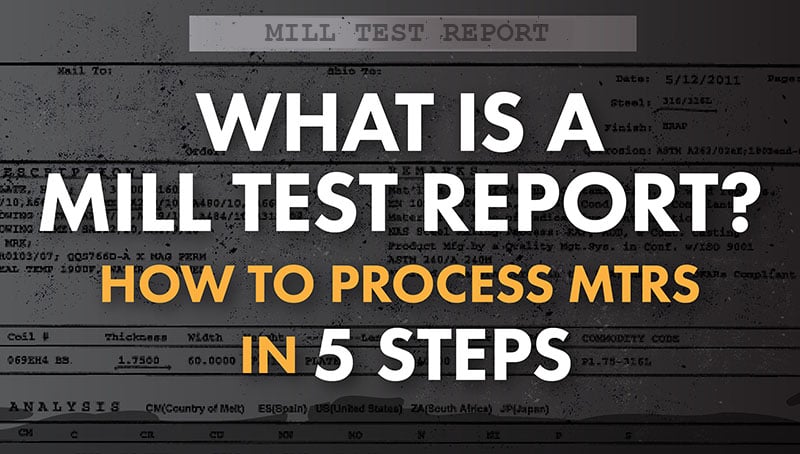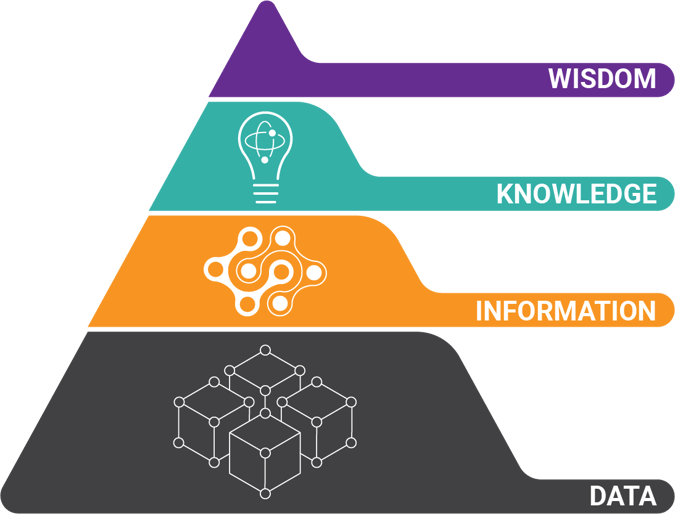Intelligently capturing and processing document data from multiple sources is critical to modern organizations. Complex problem solving, innovation, and compliance all require an immense amount of accurate data.
With a long list of requirements and easy access to in-house, freelance, and remote developers, many organizations struggle with whether they should build their own software for processing documents or if they should buy an off-the-shelf solution.
While building an intelligent document processing solution is achievable, organizations that choose this option may be in for more than they bargained for.
8 Reasons to Buy an Intelligent
Document Processing System Instead of Building One:
- It's cheaper
- It's more flexibile
- Buying improves complex processes
- Look and feel is better
- Existing software captures better
- Not all vendors are created equal
- We have brilliant developers on staff already
- Focus on the most important requirements
Build Myth #1: It's Cheaper to Build Software In-House than to pay Licensing
Although avoiding annual licensing fees makes sense, these fees are small in comparison to what it costs to build software.
Building means committing to the entire software lifecycle which includes planning, implementing, testing, documenting, deploying, maintaining, and updating.
Why Buying is More Economical
Costs inherent with building software include:
Staff: Compare annual licensing fees with staff and developer salaries. In addition, organizational and industry requirements change, so staff required to support and update the software will also need to be factored in to the cost of building.
 Time to Value (Holding Cost): Building software from the ground up takes longer than implementing an existing solution. What additional value will your organization get from having a solution in place now versus waiting until your software is built and deployed?
Time to Value (Holding Cost): Building software from the ground up takes longer than implementing an existing solution. What additional value will your organization get from having a solution in place now versus waiting until your software is built and deployed?
Maintenance: Maintaining software is a complex undertaking. The juggling act of managing new integrations and meeting new requirements while maintaining existing requirements is complicated, time-sensitive, and costly.
Unforeseen Bugs: Document processing systems must integrate with multiple external software applications. Unforeseen bugs and problems caused by another vendor’s software changes easily cause downtime, data corruption, and a massive drain on staff time and resources.
Commitment to Being a Software Company: To assure long-term success in building software, it is critical to commit resources to an ongoing software development life cycle. Successful development requires the ability to handle bugs, feature requests, testing, documentation updates, and new version deployments. Is your organization ready to make that commitment?
Training: To ensure high user adoption, resources are required to create a personalized and viable training program that includes suitable training materials.
Build Myth #2: We Need Flexibility to Integrate with our Other Systems
Sharing data between systems is critical.
APIs offer a tempting solution, but the hidden cost of supporting API-based integrations is significantly high. A document processing system that is dependent on APIs requires a custom-built framework for every connection.
Each additional connection adds complexity, ultimately creating a fragile, and unstable platform.
Buying Offers Integration with Stability
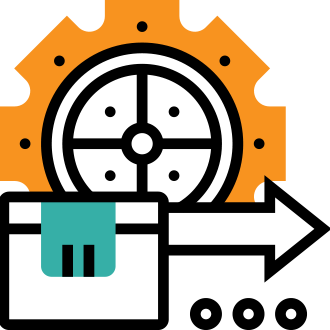 Better than building multiple individual integrations between internal systems and outside vendors is choosing a software that offers seamless integrations without depending on APIs. Gain flexibility without giving up stability by choosing a solution with baked-in integrations.
Better than building multiple individual integrations between internal systems and outside vendors is choosing a software that offers seamless integrations without depending on APIs. Gain flexibility without giving up stability by choosing a solution with baked-in integrations.
Choose a system that natively integrates cutting-edge technologies to solve problems without ever writing a single line of code. Leverage the power of Microsoft Azure, Google AI, IBM Watson, or Amazon Web Services.
Build Myth #3: Our Processes are too Complex for an Off-The-Shelf Product
Do your processes include multiple departments, people, vendors, and workflows? Or thousands of unique invoices, or millions of pages of legal documents? If so, buying software could be a perfect solution for your organization.
Buying Software Facilitates and Improves Complex Processes
Software vendors understand that complex processes require understanding your organization. Experienced vendors utilize business analysts to learn about your processes and how software should be implemented.
Additionally, business analysts provide great value by finding ways to improve existing processes.
Build Myth #4: Off-The-Shelf Products don’t have the Look and Feel our Users Need
Some software includes poorly designed or non-intuitive user interfaces that seems to contribute to lower user adoption rates.
However, it's our experience that when interfaces are correctly executed, user adoption rates are very high. In addition, developing software in-house in order to minimize the impact of change hinders innovation.
Buying Leads to Higher User Adoption
Some capture and processing platforms today include interfaces that look similar to popular software applications, like the Microsoft suite, and are quickly accepted by new users.
In addition, seasoned software vendors have training programs, materials, and support staff to ensure high user adoption and successful implementations.
Build Myth #5: We’re Already Capturing and Storing Documents Electronically
Do you have the ability to search all content within your captured documents, or intelligently sort, and index them?
Your data is valuable and provides cost-saving and revenue-generating benefits only when fully integrated within line of business systems.
Existing Software Yields far Greater Benefits
Why re-invent the wheel when you can take advantage of the experience of others?
Purpose-built software contains vast capabilities and works with the documents you have already captured to ensure the time you’ve already spent digitizing your documents isn’t wasted.
Build Myth #6: We Don’t Want to be Tied to a Vendor
Some software vendors seduce organizations into an upward curve of ever-increasing costs. And getting out is a tough and stressful process. If you've ever been lured into a solution like this, you’ve probably sworn to never go back.
Not All Vendors are Created Equal
The best solution is a vendor that will truly partner with you – on your terms.
Choose a vendor that provides robust training, a support community, and most importantly, a complete solution that doesn't increases in price when you need additional functionality.
Build Myth #7: We have Brilliant Developers on Staff Already
When a developer builds new software from the ground up, the first experience is the worst experience.
You’re confident in your team’s ability. However, completing an intelligent document processing system project is very expensive, difficult to manage, and often takes much longer than expected.
Benefit from Industry Experience — Provide a Document Processing System Faster
It may make more economical sense to invest your technical talent’s time in configuring a pre-built solution rather than building a new one.
Because pre-built intelligent document processing systems leverage lessons learned from years of experience across a wide range of use-cases, they offer more efficiencies and cost savings.
To determine the likelihood of a successful project completing on time, balance the experience of your developers with the existing demand placed on them. Do they have an immense amount of free time, and are they over-qualified for current projects?
Build Myth #8: Off-The-Shelf Software Can’t Meet our Specific Requirements
In terms of cost effectiveness, a set of requirements does not always ensure that building software is more practical than purchasing.
Additionally, in some cases, requirements lists can include items that no software will satisfy. This includes custom solutions and software purchased for millions of dollars.
Focus on the Most Important Requirements
If an off-the-shelf product can meet at least 80% of your list, buying is the way to go. If you’re still far away from 80%, it may help to rank your requirements in order from most important to least important.
Possibly eliminate some of the least important items or shift these requirements to a separate product.
Increase Your Competitive Advantage
Impact your organization by choosing an intelligent document processing systems inc / company that strengthens your competitive advantage and leverages existing capabilities to help you accomplish more.
About the Author: Brad Blood
Senior Marketing Specialist at BIS
